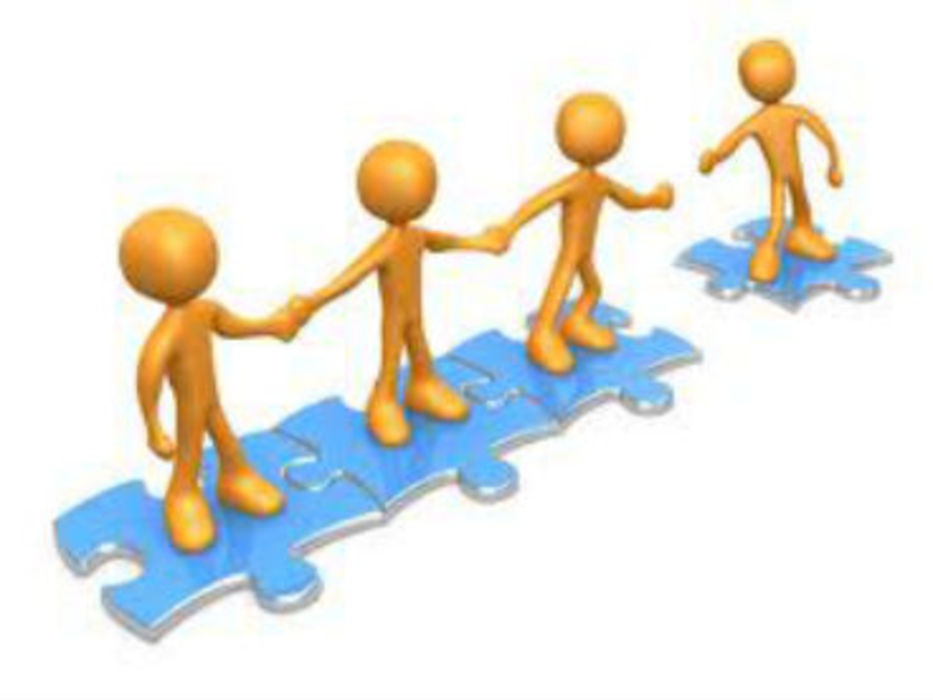Last year Microsoft was faced with the dilemma to move a billion Microsoft Office customers to a service and subscription model. Working with ExactTarget, they created an approach that would manage customer relationships within evolving life cycles.
The idea was to create a triggered marketing program that would keep in contact with customers depending on what phase of the lifecycle they were in, and do so via their preferred channel. To take on this gargantuan task, the two companies took things one step at a time. They did A/B testing, compared different copy and different channels, and used data to make messaging more personalized.
“It goes back to basics,” said Matt Fleckenstein, principal group product intelligence manager at Microsoft Office, during ExactTarget’s Connections conference in Indianapolis. “You have to think about foundational stuff. Start by getting good at email, then SMS, then landing pages. Then evolve into social. Don’t get sucked into social integration to begin with just because it’s a hot topic.”
This approach has helped Microsoft Office grow its email list from 5 million to 200 million, and ended up being the basis for a new ExactTarget tool called Interaction Studio. Fleckenstein attributed the exponential list growth to making it easy to opt-in. Microsoft added email opt-ins to every contact point it had with customers. “Your customers want to hear from you,” he said. “You need to get into that mind-set.”
At the conference, brand marketers shared their strategies on approaching various digital marketing channels. Delta, for example, has turned Twitter into a customer service outlet. After noticing activity on the social network, the airline built a customer service support team called Delta Assist, which is staffed by 14 people who speak five different languages and manage 3,300 messages a day around the clock. “We get questions about our policies and procedures,” said Jerry Fletcher, manager customer engagement strategy and social media at Delta. “They tell us what we’re doing right and wrong.”
The company now has more than 400,000 Twitter followers and 365,000 Facebook fans and also connects with passengers in airports with fliers that promote the service. The goal is to engage brand advocates and to turn frustrated fliers into happy fliers. “A win is when we can take a detractor and turn him into an advocate,” Fletcher explained.
For eyewear company Oakley, The Olympics turned out to be a great place to build its mobile and email database. The company, which was the official eyewear sponsor for Team USA at the games in London, created a sanctuary for athletes at the games and featured a digital media lab where they interviewed the members of the team. The company worked with retail partners during the event to create in-store signage encouraging customers to opt-in to SMS programs to receive content from the Games. The SMS program invited customers to opt-in to receive emails and to connect via social media.
“Part of our brand is around innovation,” said Elizabeth Krause, global direct marketing director at Oakley. “We let our enthusiasts tell us what they like and how they like to consume it.”
Ann Dalee, email marketing coordinator at eBags, also spoke at the event and shared her tips for building an email list: Use social media. eBags ran a back-to-school sweepstakes on its social pages to generate “likes” and capture email addresses. The first time the company had ever done such a thing, and it generated 46,0000 Facebook likes and 28,000 email signups, which was more than anticipated. “We were just diving in head first and wanting to use this as a benchmark,” Dalee said. The effort also drove incremental sales from welcome emails. The e-commerce company is already doing its second Facebook/email promotion and is planning the third.








